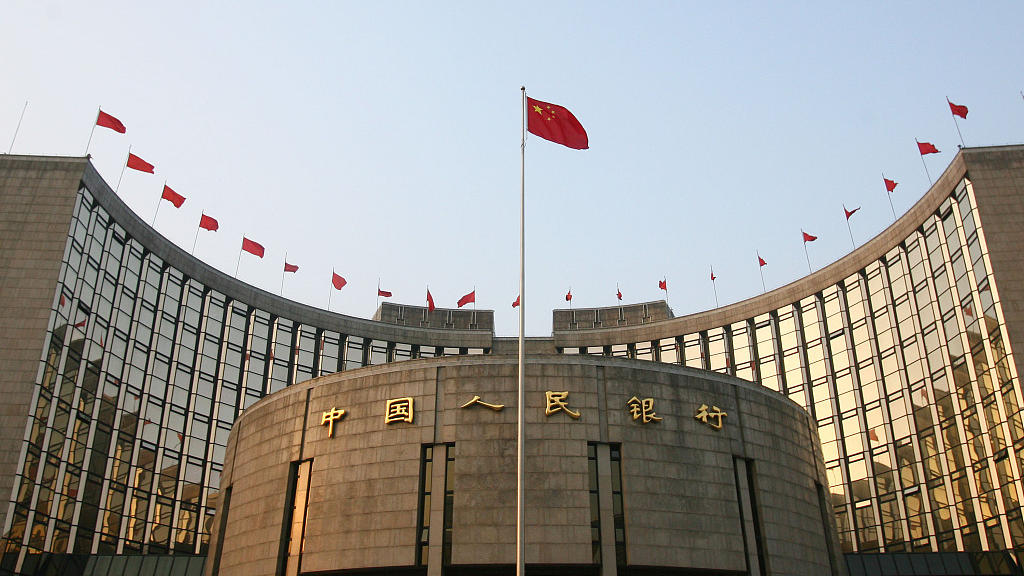BEIJING: China’s outstanding yuan-denominated loans rose by 1.36 trillion yuan ($188.63 billion) in August, central bank data showed Monday.
The amount saw a sharp rise from 345.9 billion yuan reported in July and was 86.8 billion yuan more than that seen in August last year, according to data from the People’s Bank of China (PBOC),the country’s central bank.
The expansion signaled improvement in market expectations and sentiment, and showed the effects of the country’s increased financial support for the real economy amid efforts to boost economic growth and market confidence, said Zhang Jun, chief economist of China Galaxy Securities Co., Ltd.
The outstanding yuan loans expanded by 17.44 trillion yuan in the first eight months of the year, compared with 15.68 trillion yuan recorded a year earlier, according to the PBOC data.
The M2, a broad measure of money supply that covers cash in circulation and all deposits, climbed 10.6 percent year on year to 286.93 trillion yuan at the end of August, the data showed.
The pace of growth eased from a rise of 10.7 percent seen at the end of July and also moderated from an increase of 12.2 percent registered at the end of August 2022. The M1, which covers cash in circulation plus demand deposits, stood at 67.96 trillion yuan at the end of August, up 2.2 percent year on year. The M0, or the amount of cash in circulation, went up 9.5 percent from a year ago to 10.65 trillion yuan at the end of last month.
Newly added social financing, a measurement of funds that individuals and non-financial firms receive from the financial system, came in at 3.12 trillion yuan in August, up from 528.2 billion yuan in July and 631.6 billion yuan more than the same period last year.
The reading came following an array of indicators pointing to a sustained momentum of China’s economic recovery.
To support economic recovery, the PBOC vowed in the second-quarter monetary policy report that it will use a combination of monetary policy tools to keep liquidity reasonable and ample, ensuring the expansion of credit supply and social financing preferably matching the country’s nominal economic growth rate. –The Daily Mail-China Daily news exchange item






